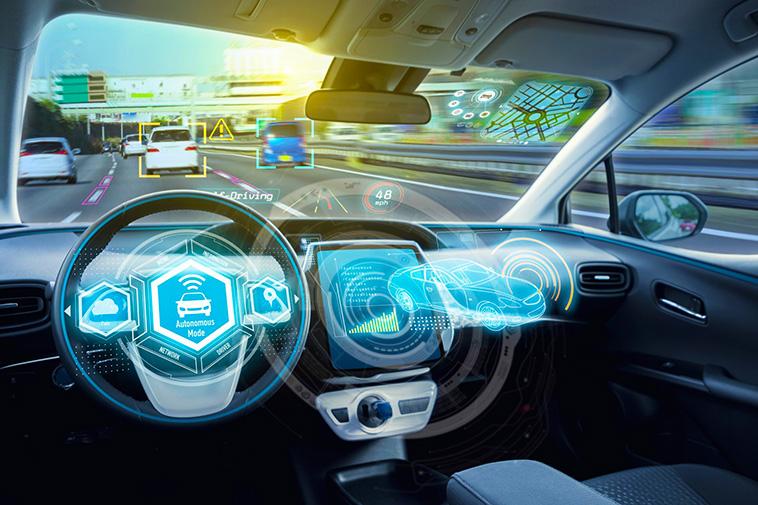Self-Driving Cars: How Safe Are They?

The latest models of cars have over 100 million lines of codes, so their software powers them to complete multiple independent operations, from self-parking to speed assistance and cruise control. As technology advances, the code within these embedded systems gets more complex. Their features will evolve as the vehicles will be more connected in the future. Self-driving cars are highly dependent on tech, and experts state that self-driving vehicles are safer than traditional ones.
But can human drivers trust their lives to their cars?
Let’s tackle this possibility.
Automakers are already rolling out autonomous vehicle on public roads even if there are no safety standards regarding how safe cars should be, before a human driver can use them. Ten years after Google presented its self-driving car project people still wonder How safe are they?
Self-driving cars don’t pose more dangers to traffic participants than human drivers
Until now, self-driving cars made a single victim, in March 2018, an Uber autonomous car struck and killed a biker in Arizona because it failed to identify the woman as a human. However, considering that a human-piloted-car is killing a pedestrian every 90 minutes in the USA, autonomous cars are not riskier than vehicles human drive.
Self-driving cars passed thousands of road tests so experts consider the technology powering them safer than a human driver. If people adopt it worldwide, it can save millions of lives yearly. The National Safety Council states that only on USA roads over 40.000 traffic fatalities happen every year, and over 95% of them are driven by human error. Human drivers aren’t safer than autonomous cars. Lionel Robert, a professor at the Robots Institute at the University of Michigan states that automakers’ goal is to make autonomous cars safer than human pilots.
Why?
Autonomous cars can integrate technology that can analyse the road conditions 350 degrees around the car, so it can take more energy than a human driver without being distracted by external factors.
At present, human pilots better react in difficult road conditions because their previous experience helps them adapt their driving style based on the situations they met before. But autonomous cars are safer because they better obey traffic laws. The robot behind the wheel doesn’t text, doesn’t drive too fast, and doesn’t drive under influence. And what’s best it doesn’t fall asleep.
As you can see these characteristics already promote self-driving cars as safer than human pilots.
Automakers state that the tragic Uber accident can help improve the self-driving technology
The fatal accident allows developers to study what happened and to improve the technology to avoid bikers and pedestrians. Their technology needs to be tested on the road to understand if their predictions are right. Until now they proved that autonomous cars are great at identifying and avoiding obstacles. In time the software behind the wheel can anticipate if a human might step in front of the vehicle. It’s challenging, but they are confident they can succeed.
